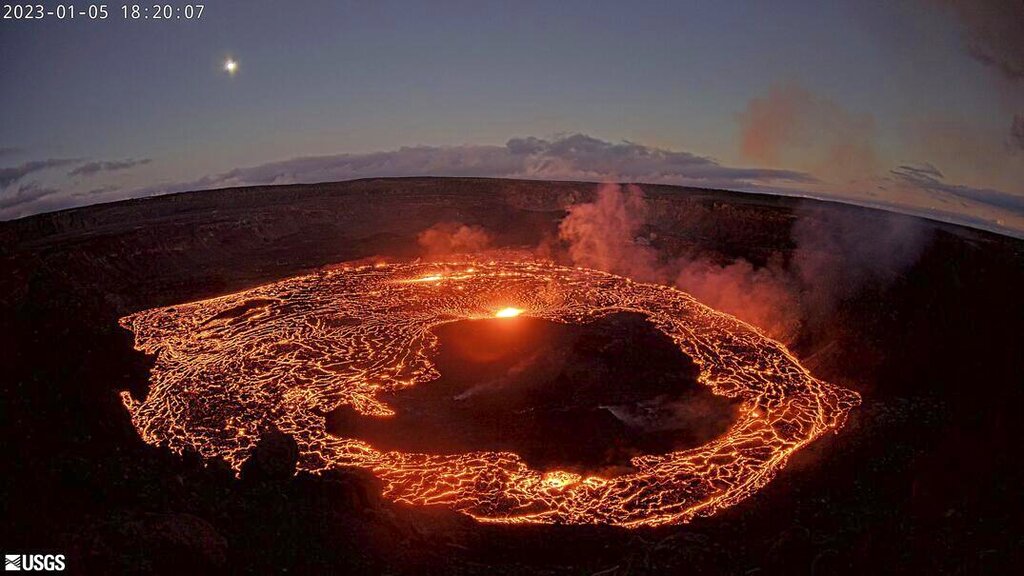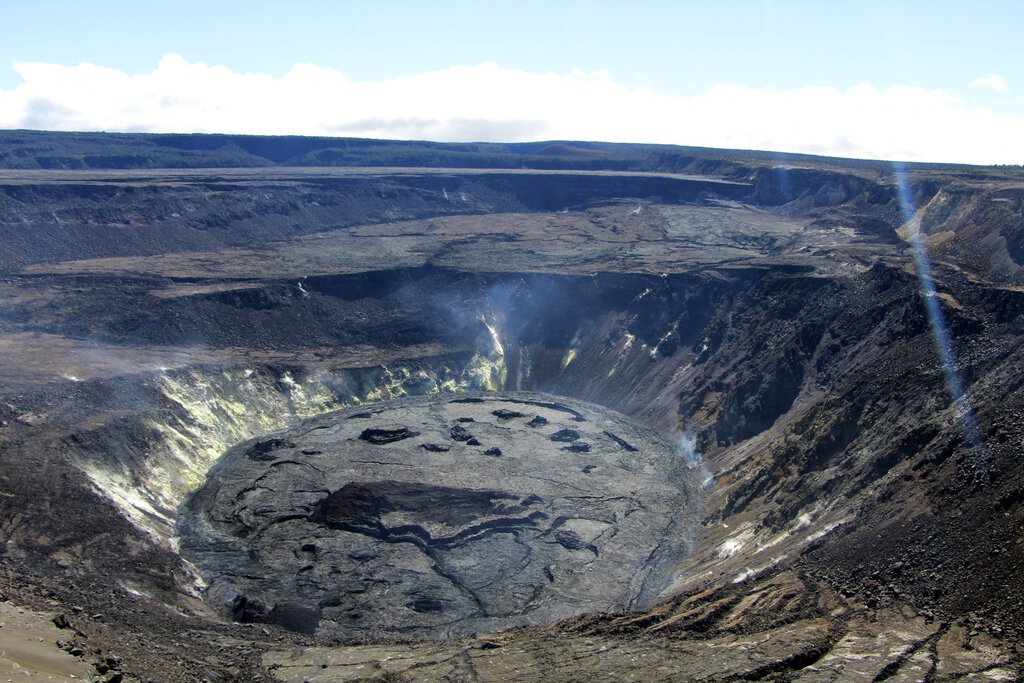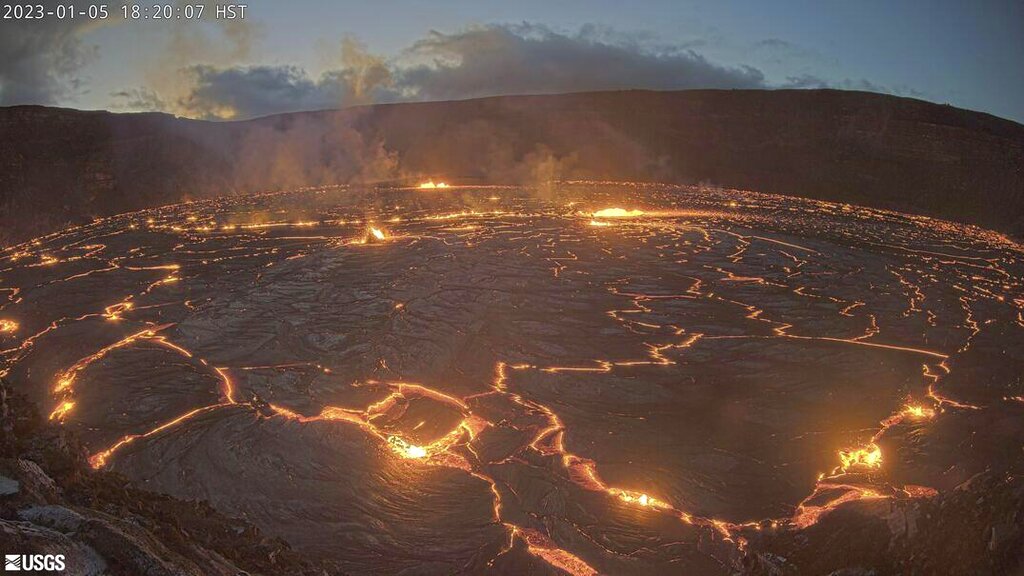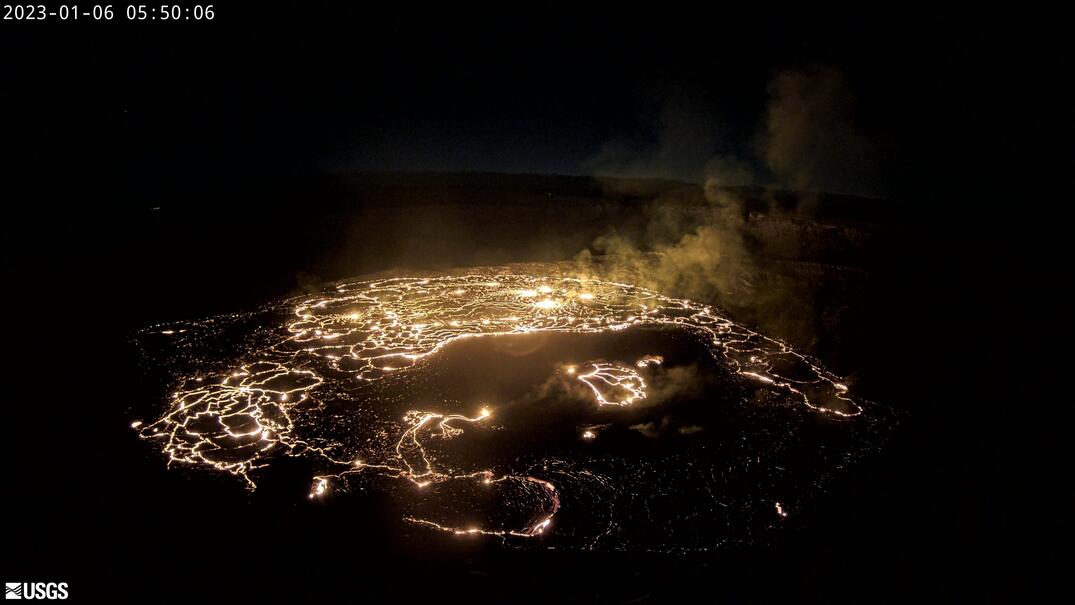Kilauea, a volcano on Hawaii‘s Big Island in the state’s national park, is erupting again, after previously erupting for 16 months beginning in September 2021.
On Thursday, the U.S. Geological Survey released a report stating that the volcano was once again erupting within the Halemaʻumaʻu crater at around 4:30 p.m. HST. All activity has been confined to the Kilauea summit region with no indication to migrate, the organization wrote.
SEE IT: SEVERE TURBULENCE ON HAWAII AIRLINES FLIGHT INJURES 11

“The summit eruption of Kīlauea has not had an impact on Mauna Loa,” the report stated. “Mauna Loa remains quiet.”
The primary hazard of concern is volcanic gas, which will react when it reaches the atmosphere to create a volcanic smog that has already been observed downwind from Kilauea. Volcanic smog, or vog, can create health hazards for residents and visitors, as well as damage crops and plants, and affect livestock.
“Strong winds may waft lighter particles to greater distances,” the report said. “Residents should minimize exposure to these volcanic particles, which can cause skin and eye irritation. ”

During the initial eruption, fountain bursts reached up to 164 feet (50 meters). By 7:45 p.m. HST, bursts were 98 feet high (30 meters).
As of 7:30 p.m. HST, about 32 feet (10 meters) of new lava has been added to the crater floor. The largest lava fountain consistently reaches 32 feet.

Other significant hazards, including wall instability, ground cracking, and rockfalls from earthquakes are confined to the Kilauea Halemaʻumaʻu crater region, which has been closed to the public since 2007.

CLICK HERE TO READ MORE FROM THE WASHINGTON EXAMINER
The U.S. Geological Survey said the Hawaiian Volcano Observatory, one of five volcano observatories within the organization, will continue to monitor the eruption as it continues.

